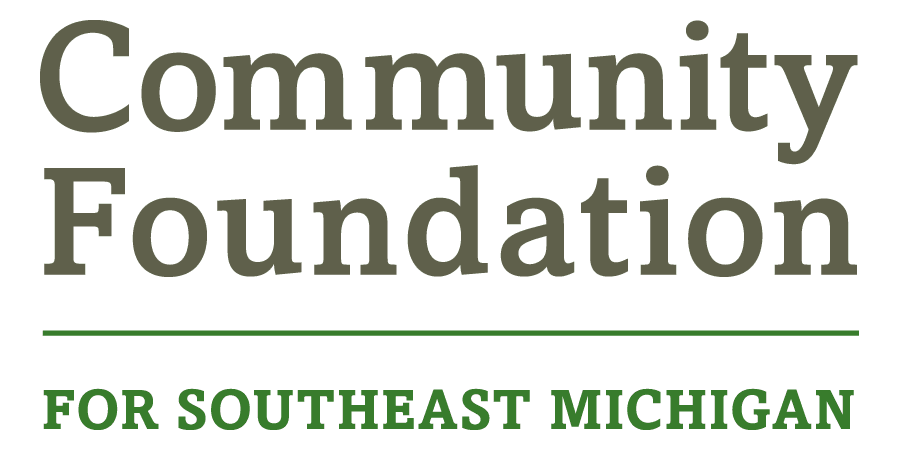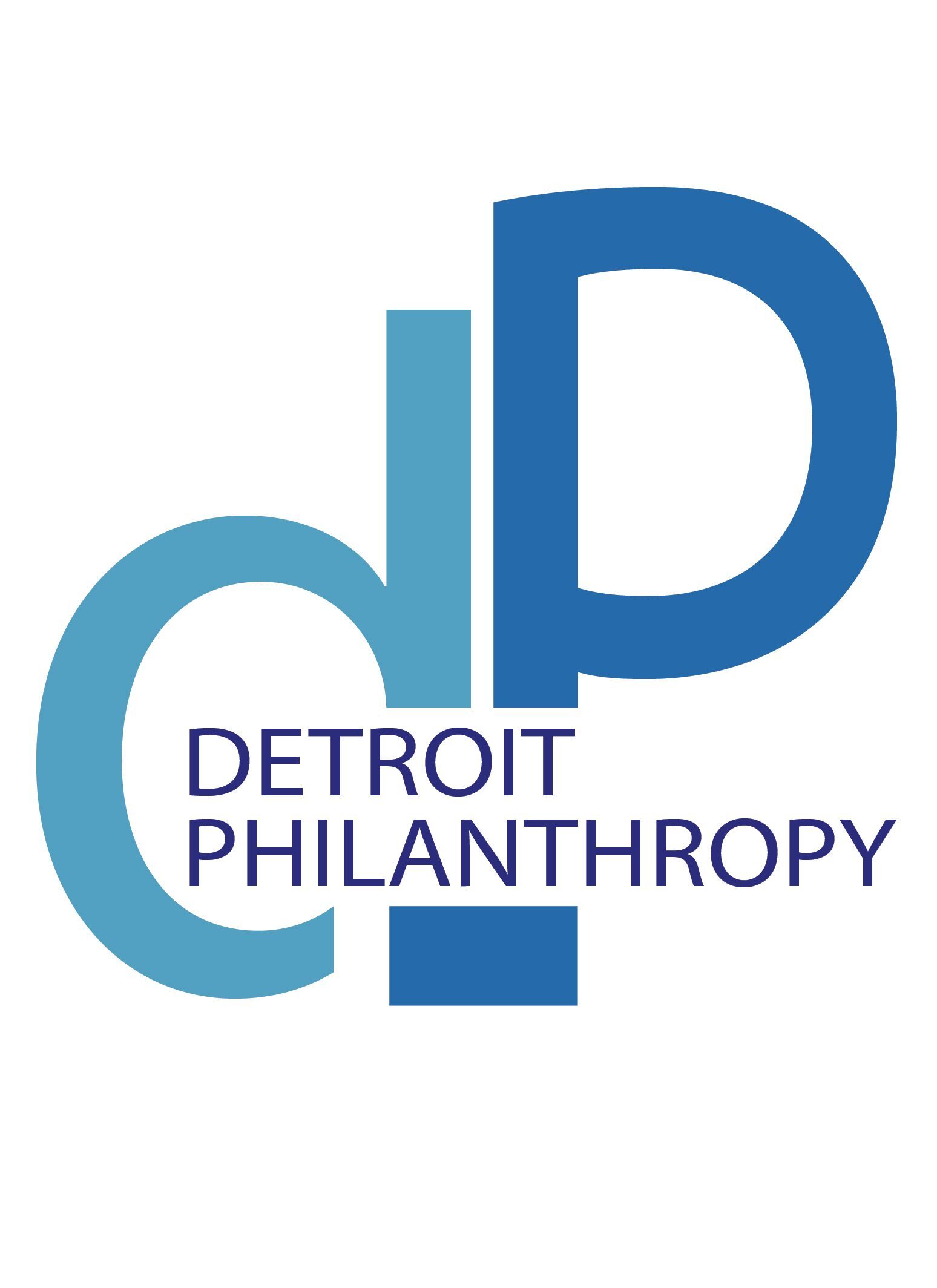News and Updates
What the “One Big Beautiful Bill Act” Means for Nonprofits and Fundraising
On July 4, President Trump signed H.R. 1, officially titled the One Big Beautiful Bill Act (O3BA), into law. This sweeping budget reconciliation measure makes permanent many provisions of the 2017 Tax Cuts and Jobs Act (TCJA), which was originally set to expire at the end of 2025. While it touches nearly every corner of the tax code, several elements of the bill are particularly relevant for nonprofit organizations, development professionals, and philanthropic planners.
Most notably, the bill locks in a significantly increased standard deduction—$15,750 for single filers and $31,500 for joint filers—while eliminating personal exemptions. This change, now permanent, means far fewer Americans will itemize their deductions. For nonprofits, that translates into a real challenge: fewer donors will receive a tax benefit from charitable giving, removing a traditional motivator for many small and mid-sized contributions.
However, philanthropy advocates managed to secure a modest but important victory: the inclusion of a universal “above-the-line” charitable deduction. Starting with tax year 2026, taxpayers can deduct up to $1,000 in charitable contributions if filing singly, or $2,000 if filing jointly—regardless of whether they itemize. While not a full restoration of the broader incentives eliminated by the TCJA, this provision provides a tangible benefit for middle-income donors and could encourage more widespread participation in charitable giving.
For itemizers, though, the path has become steeper. A new rule introduces a 0.5% of adjusted gross income (AGI) “floor” before charitable contributions can be deducted. This means itemizers can only deduct contributions that exceed 0.5% of their income, reducing the value of many modest donations. Compounding this, a new cap limits the value of total itemized deductions to 35% for those in the top 37% tax bracket. Although the “Pease limitation” on itemized deductions was permanently repealed by O3BA, the new cap effectively reins in deductions for high-income taxpayers, including philanthropic contributions.
Corporations also face new constraints. The bill institutes a 1% giving floor on charitable deductions, meaning companies cannot deduct the first 1% of their taxable income donated to charity. While major corporate donors will likely remain engaged, this provision may chill giving from small- to mid-sized businesses, especially those without philanthropic mandates built into their structure.
Estate and gift tax provisions were also overhauled in ways that dampen charitable incentives. O3BA permanently raises the federal estate, gift, and generation-skipping transfer (GST) tax exemption to $15 million per individual and $30 million for married couples, beginning in 2026. This avoids the scheduled sunset of the TCJA’s higher exemption thresholds and locks in a long-term, inflation-adjusted ceiling. While the estate tax rate remains at 40%, the expanded exemption significantly reduces the number of estates subject to taxation—thus removing a key motivator for charitable bequests among the wealthiest households. The matching GST exemption provides additional room for untaxed generational transfers. While this creates strategic opportunities for wealthy families to plan their legacies, it also reduces the urgency or necessity of including charitable components in those plans.
The state and local tax (SALT) deduction cap, a controversial feature of the TCJA, also sees temporary adjustment under O3BA. The $10,000 cap will increase to $40,000 in 2025, and then grow by 1% each year through 2029. After that, it reverts back to $10,000 in 2030. There’s a catch, though: the expanded SALT deduction phases out entirely for taxpayers with modified adjusted gross income (MAGI) between $500,000 and $600,000, limiting its appeal to high earners.
In short, O3BA reshapes the philanthropic landscape in subtle but significant ways. The expansion of the universal deduction offers a glimmer of hope for broad-based donor engagement, but the combination of higher standard deductions, corporate giving floors, and estate tax windfalls for the ultra-wealthy creates headwinds for traditional fundraising strategies. Development professionals will need to retool their messaging, reemphasize the intrinsic impact of giving, and craft more compelling cases for support—because for many donors, giving will no longer come with a tax reward.
- Ryan Bladzik, Vice President, Planned Giving Roundtable of Southeast Michigan



















